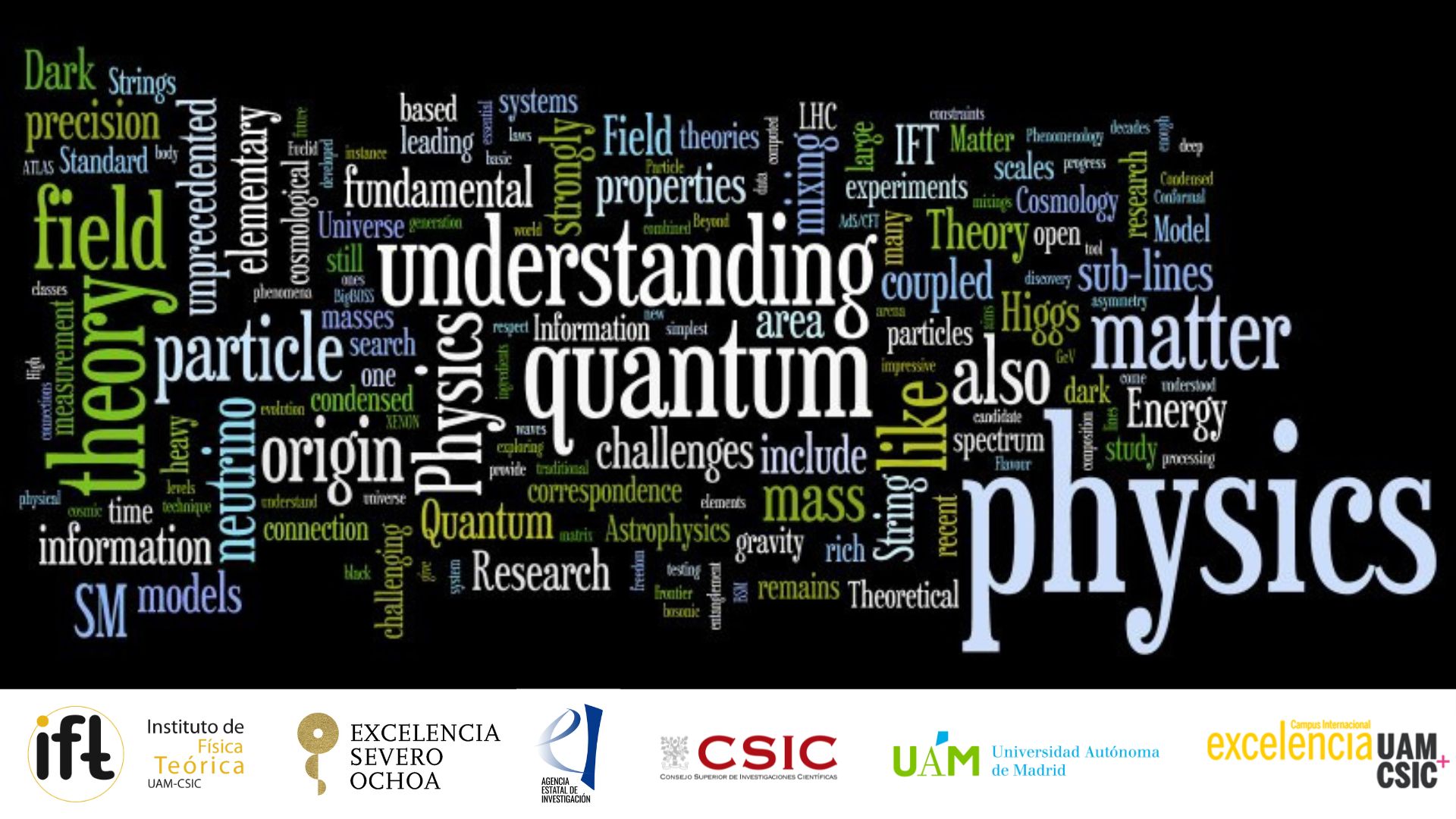Centro de Excelencia Severo Ochoa
Menu
Search

Department of theoretical physics room 201
On August 17 2017, the LIGO/Virgo interferometers observed the first gravitational
waves from a binary neutron star inspiral, GW170817. So far, gravitational waves had been
"only" detected from binary black hole mergers - GW150914, GW151226, GW170104, and
GW170814. The first of these detections confirmed a century-old prediction of Einstein’s theory
of general relativity - the very existence of gravitational waves - and opened an entirely new
way to study the cosmos. American scientists Rainer Weiss, Barry C. Barish, and Kip S. Thorne
were awarded the Nobel Prize in Physics 2017 for the accomplishment. The last binary black
hole event, GW170814, was jointly detected by LIGO and Virgo. The addition of the European
detector Virgo to the network greatly enhanced the sky localization of GW170814. Contrary
to the previous binary black hole signals, the spacetime ripples produced during the inspiral
and merger of the two neutron stars in GW170817 were accompanied by flashes of light
across the entire electromagnetic spectrum. The LIGO/Virgo network localized GW170817
within a sky region of 28 square degrees, which triggered an unprecedented multi-instrument
observational campaign and opened the era of multi-messenger astronomy. This talk will
discuss the efforts that have finally made possible the detection of gravitational waves,
winding-up Einstein’s magnificent intellectual legacy on the centenary of the formulation
of his theory of general relativity.
Social media